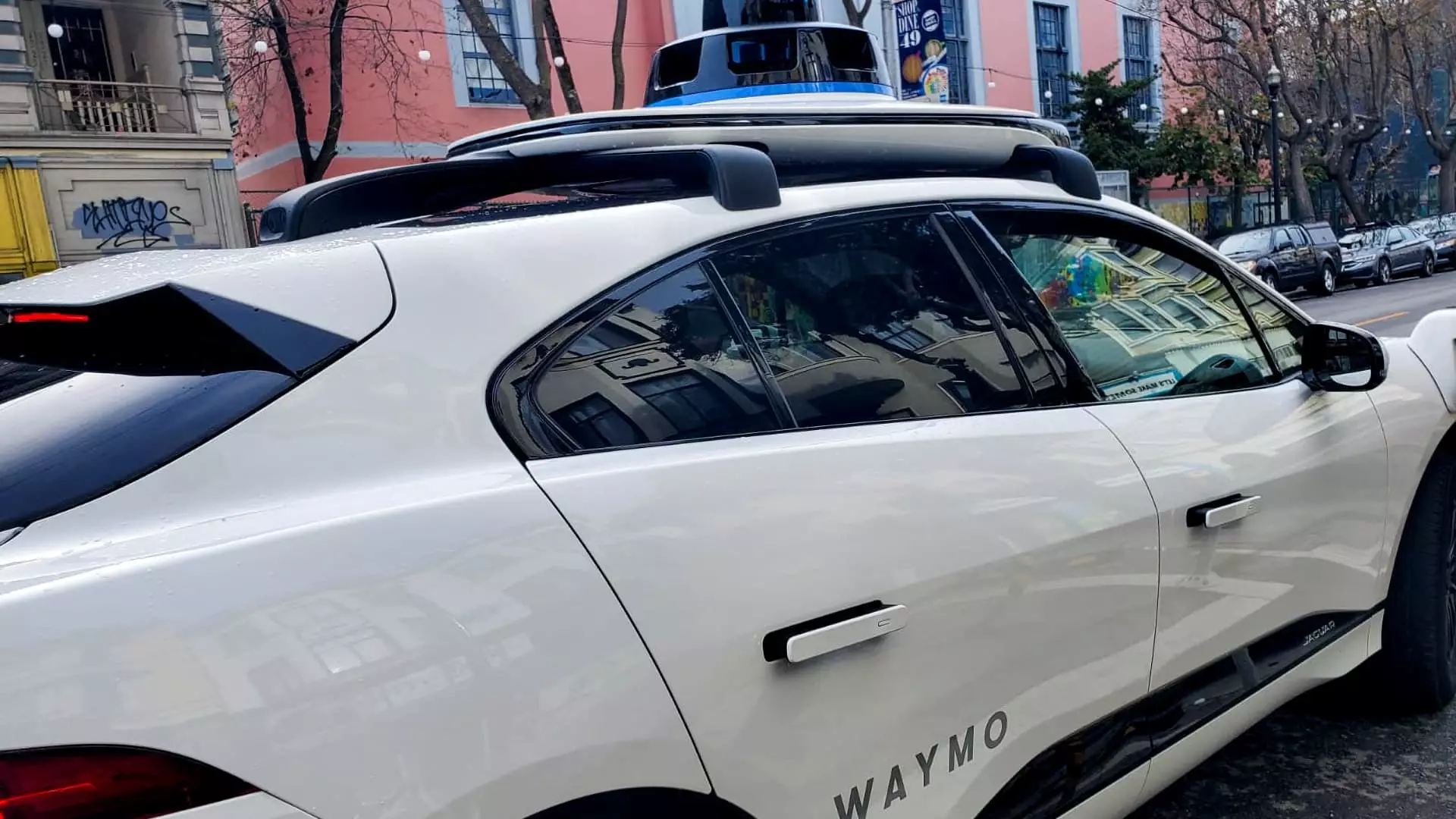Waymo, a leader in the autonomous vehicle sector and owned by Alphabet Inc., recently unveiled plans to broaden its horizons by launching testing of its self-driving technology in Tokyo in early 2025. This marks a pivotal moment for the company as it seeks to break into the international market. While there is currently no commitment to initiating commercial robotaxi services, Waymo’s collaboration with Japan’s foremost taxi service provider, Nihon Kotsu, demonstrates its strategic approach to harness local expertise in navigating the complexities of a new environment.
Partnerships and Local Integration
Waymo’s partnership with Nihon Kotsu, along with the use of the taxi app GO, will facilitate the initial phase of vehicle testing. In the beginning, drivers from Nihon Kotsu will operate the Jaguar I-PACE vehicles manually, focusing on mapping significant sections of Tokyo, including bustling districts like Shibuya and Shinjuku. This phase of manned testing is critical; the data collected will not only help refine the AI algorithms that power Waymo’s vehicles but also foster a sense of trust within the local populace about the technology. Collaborating with local taxi operators ensures that Waymo learns the nuances of Tokyo’s traffic dynamics, enhancing its ability to adapt to urban driving requirements.
In a statement, Waymo expressed its intent to engage closely with local partners, government entities, and community organizations to familiarize itself with Tokyo’s unique urban landscape. The company acknowledges that understanding residents’ needs is vital for the successful integration of autonomous vehicles into Tokyo’s transportation network. Waymo’s ambition is not merely to operate robotaxis in Japan but to become a meaningful contributor to the city’s overall transport ecosystem. This local engagement sheds light on a progressive move to avoid a one-size-fits-all approach when deploying autonomous technologies across different regions.
To prepare for its operations in Japan, Waymo will conduct simulations on a closed course in the United States that specifically replicates driving conditions found in Japan. This preparatory step underscores the company’s meticulous approach to ensuring safety and efficiency in its services. By investing in data-driven methodologies, Waymo aims to create a robust system that learns from both real-world experiences and simulated environments, solidifying its position in a market that may present unique challenges.
The Competitive Landscape and Regulatory Environment
Tokyo represents a new frontier for Waymo, especially since Japan operates left-hand traffic, which could pose additional challenges and learning curves for the company. However, both the national and Tokyo Metropolitan governments are optimistic about the potential of driverless technology to support the aging population, which could provide an impetus for regulatory support. Several other competitors, such as Tier IV and ZMP, are also making strides in the autonomous vehicle space within Japan, indicating a rapidly evolving landscape filled with both opportunities and challenges.
In a broader context, Waymo’s entry into Japan comes at a time when several established players, including General Motors’ Cruise division, have faced setbacks or reevaluated their positions in the autonomous vehicle sector. The contrast is stark; while Cruise is winding down its operations, Waymo is setting ambitious plans in motion, solidifying its resolve to become a global leader in autonomous transportation.
As Waymo prepares for its Tokyo test drives, all eyes will be on its ability to adapt and thrive in a foreign market. The significance of local partnerships cannot be overstated; they will be critical in establishing a robust understanding of urban transportation challenges. While the prospect of commercial services may still be on the horizon, the groundwork laid through this initial testing phase will undoubtedly play a crucial role in shaping the future of autonomous vehicles in Japan and beyond. Waymo’s venture into Tokyo is not just a test of technology; it is an exploration of cultural adaptation and collaboration that could pave the way for future innovations in urban mobility.


Leave a Reply